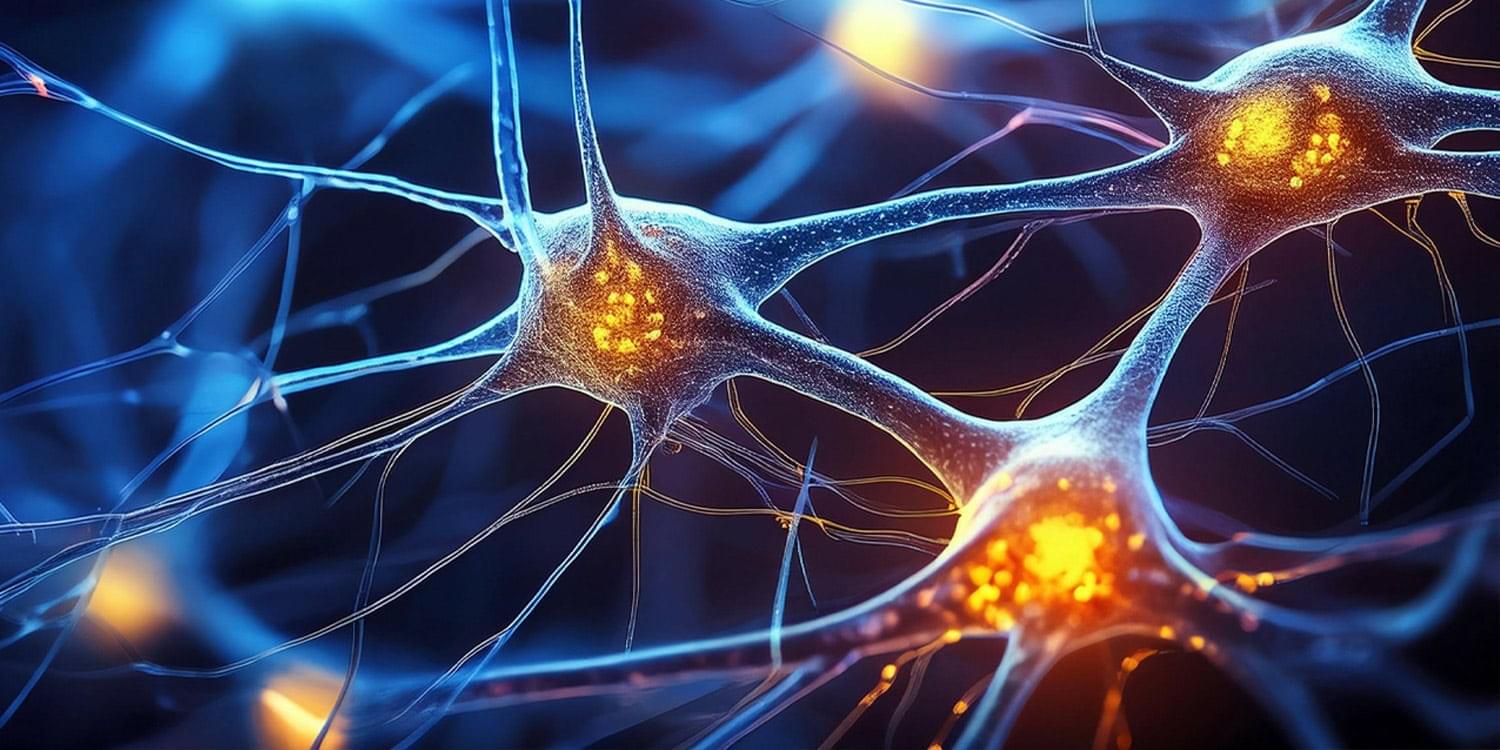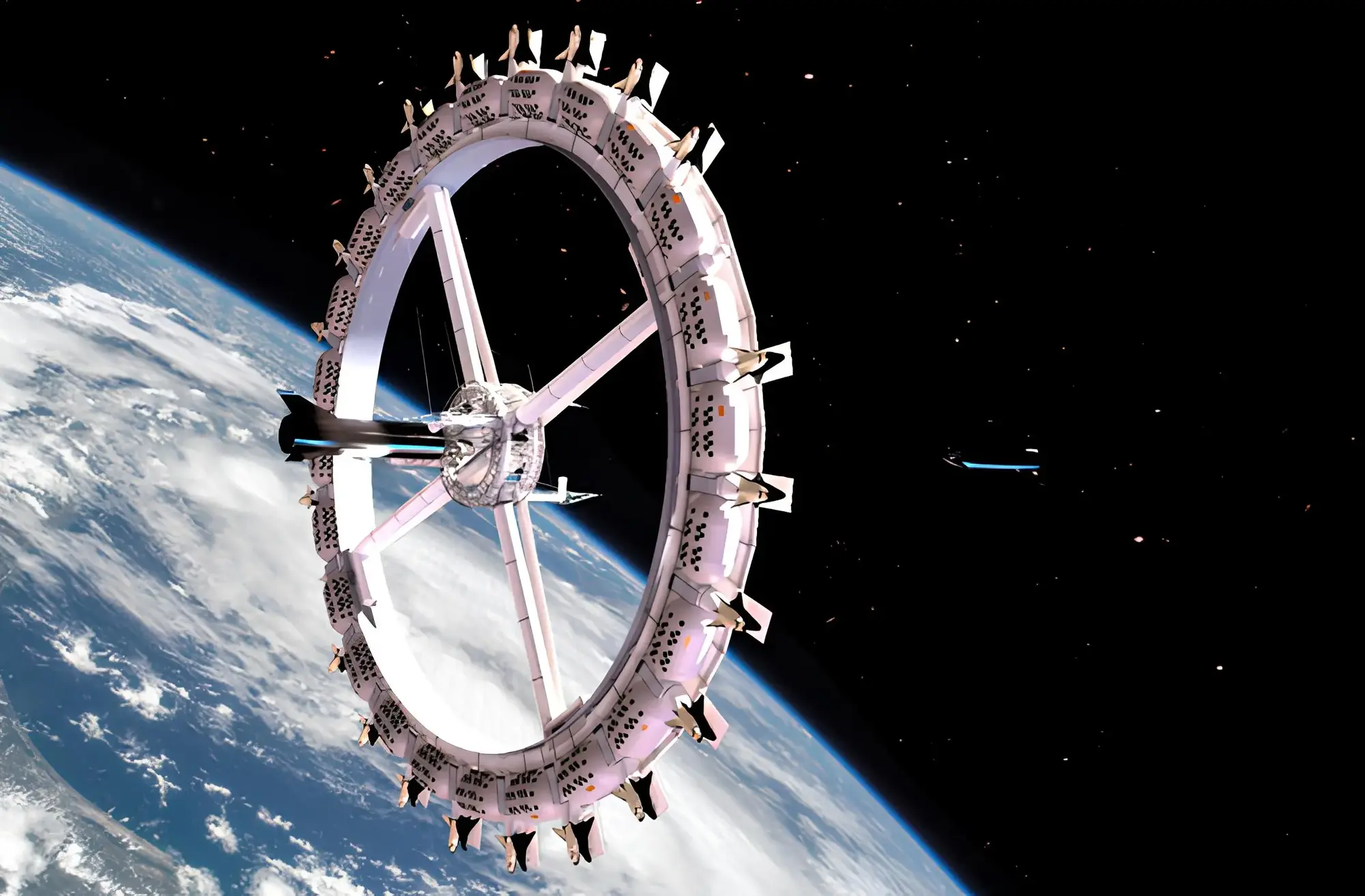Memory is strange. It sharpens, fades, twists, and sometimes misleads. These seven recent studies uncover how emotion, stress, and biology shape what we remember—and what we forget.




IN A NUTSHELL 🔬 Rice University researchers discovered copper boride, a novel two-dimensional material with transformative potential. 🧪 The study highlights copper boride’s strong covalent bonding and distinct electronic properties, setting it apart from other 2D materials. 🔋 This breakthrough could significantly impact electrochemical energy storage and applications in quantum information technology. 🌟 The discovery


Scientists have developed an innovative laser technology that mimics shark skin to create bacteria-resistant metal surfaces for meat processing facilities.
According to New Food Magazine, this approach tackles a persistent challenge in meat processing: keeping surfaces clean.
When bacteria from meat attach to workstations, they multiply and form biofilms, which are stubborn clusters that resist even thorough cleaning methods. The laser-textured surfaces physically prevent bacteria from sticking in the first place.


Hermeus seems dead keen on fast-tracking its way to hypersonic passenger flight. Its uncrewed subsonic Quarterhorse Mark 1 prototype has completed its maiden flight in the skies over Edwards Air Force Base in California on May 21, 2025.
Hypersonic flight looks to be the flavor du jour of the aerospace world these days, which isn’t surprising. Not only is it poised to revolutionize warfare, it also has the potential to alter civilian cargo and passenger travel in ways far beyond what Concorde and its kin promised but never delivered in the 1960s.
The tricky bit is how to, pardon the pun, get it all off the ground. Since its founding in 2018, Hermeus has been pursuing a novel development strategy. Instead of the conventional approach of working directly on a final aircraft preceded by, perhaps, a flying prototype or two that approximate the performance of the ultimate aircraft, the company has been working on highly specialized prototypes designed to specifically test various systems without any pretense of being anything like a hypersonic plane.

